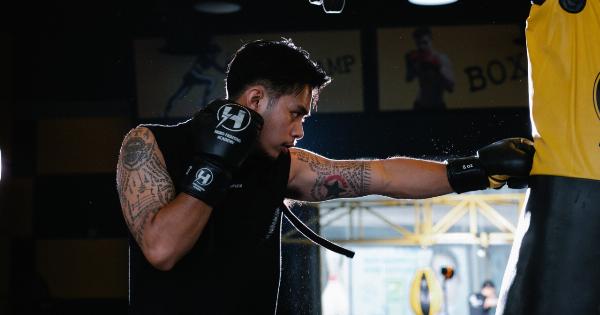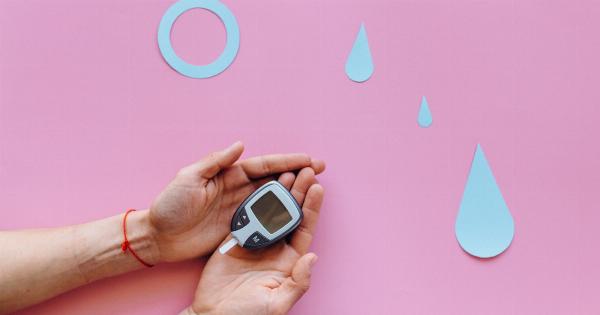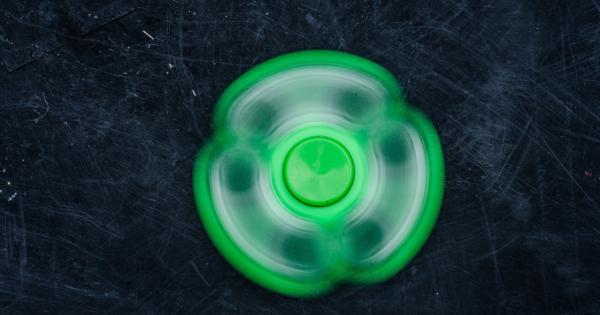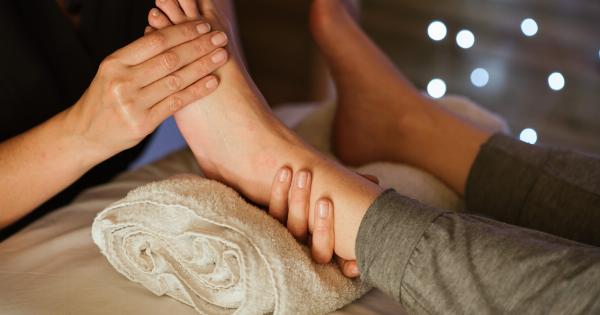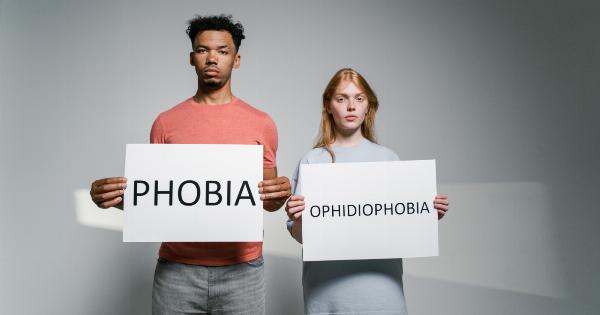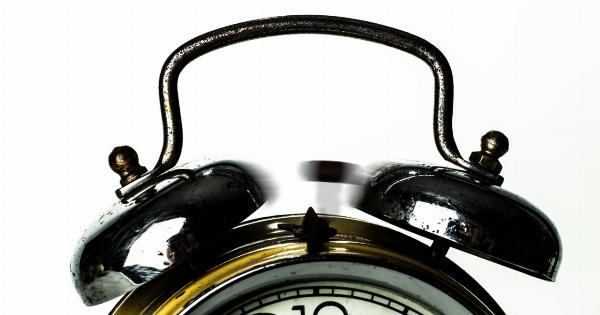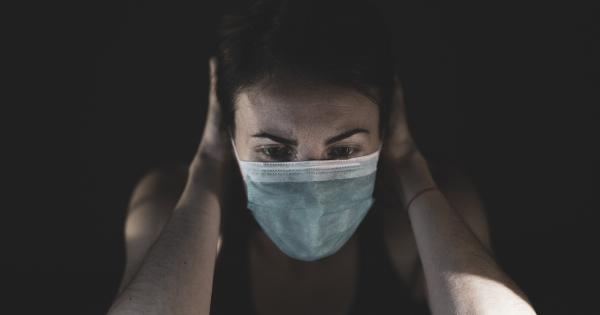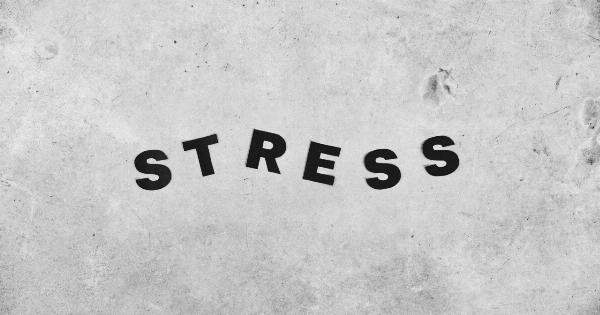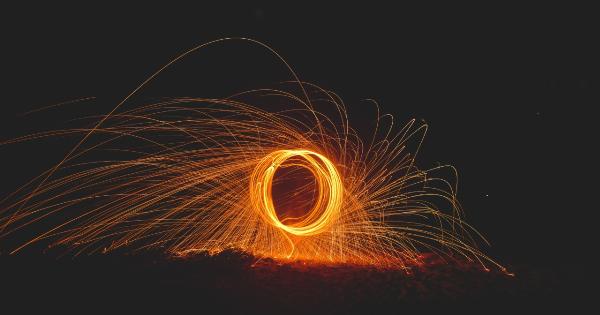Panic attacks can be extremely overwhelming and frightening, leaving individuals feeling out of control and desperate for relief.
While there are various strategies to manage panic attacks, mastering specific breathing techniques can significantly help in reducing anxiety and regaining control over one’s body and mind. In this article, we will explore ten highly effective breathing techniques that can stop panic attacks in their tracks.
1. Diaphragmatic Breathing
One of the simplest yet most powerful breathing techniques for managing panic attacks is diaphragmatic breathing, also known as deep belly breathing. To practice this technique, sit or lie down comfortably.
Place one hand on your chest and the other hand on your belly. Take slow, deep breaths, focusing on filling your abdomen with air instead of your chest. As you inhale, allow your belly to rise, and as you exhale, let it fall.
Practice diaphragmatic breathing for several minutes during an anxiety attack to calm your nervous system.
2. Box Breathing
Box breathing, also known as four-square breathing, is a technique that can provide immediate relief during a panic attack. Start by inhaling deeply through your nose for a count of four.
Hold your breath for a count of four, then exhale slowly through your mouth for another count of four. After exhaling, pause for a count of four before inhaling again. Repeat this cycle several times to regulate your breathing and decrease anxiety.
3. Pursed-Lip Breathing
Pursed-lip breathing is a technique commonly used to manage shortness of breath and panic attacks. To practice this technique, inhale slowly through your nose for a count of two.
Then, purse your lips as if you’re about to blow out a candle and exhale gently and evenly through your mouth for a count of four. Pursed-lip breathing helps regulate breathing patterns, reduces hyperventilation, and promotes relaxation.
4. 4-7-8 Breathing
The 4-7-8 breathing technique, developed by Dr. Andrew Weil, helps promote calmness and alleviate panic symptoms. Start by placing the tip of your tongue behind your upper front teeth. Exhale completely through your mouth, making a whooshing sound.
Close your mouth and inhale quietly through your nose to a mental count of four. Hold your breath for a count of seven, then exhale completely through your mouth to a count of eight. Repeat this cycle three more times to regain control over your breathing and reduce anxiety.
5. Alternate Nostril Breathing
Alternate nostril breathing, also known as Nadi Shodhana, is a technique rooted in traditional yoga practices. This technique helps balance the left and right hemispheres of the brain, calming the mind and reducing anxiety.
Start by sitting in a comfortable position and using your right thumb to close your right nostril. Breathe in through your left nostril, then use your right ring finger to close your left nostril as you release your thumb from the right nostril and breathe out.
Alternate between nostrils with each breath, focusing on the sensation of the air flowing in and out.
6. Breathing Counting
Another effective technique to stop panic attacks is breathing counting. Choose a specific number to count while inhaling and another number while exhaling. For example, inhale for a count of four and exhale for a count of six.
By counting your breaths, you divert your attention from anxiety-inducing thoughts and redirect it to a calming and methodical process of counting and controlled breathing.
7. Morning Glory Breathing
Originating from the pranayama technique called Ujjayi, morning glory breathing can alleviate panic attacks by slowing down your breath and bringing a sense of tranquility. Sit comfortably with a straight spine.
Begin inhaling and exhaling through your nose, slightly constricting the back of your throat to create a soft ocean-like sound. Breathe deeply, maintaining a gentle and steady pace. Focus on the soothing sound and rhythm of your breath, allowing it to ground you and ease the intensity of panic attacks.
8. Breath Focus Technique
The breath focus technique involves redirecting your attention away from anxious thoughts and onto your breath. Find a quiet and calm environment to sit comfortably.
Take slow, deep breaths, and as you inhale, mentally say the word “in” to yourself. As you exhale, mentally say the word “out.” Concentrate on the physical sensations of your breath, such as the air entering and leaving your nostrils or the rise and fall of your abdomen.
Whenever your mind begins to wander, gently bring your focus back to your breath and the present moment.
9. Extended Exhalation Breathing
Extended exhalation breathing is an effective technique for calming the nervous system during panic attacks. Sit or lie down in a comfortable position. Breathe in deeply through your nose for a count of three or four.
Then, exhale slowly through your mouth for a count of six or eight. By prolonging the exhalation, you activate the body’s relaxation response, promoting a sense of calmness and reducing anxiety.
10. Progressive Muscle Relaxation
Although not solely a breathing technique, progressive muscle relaxation complements breathing exercises in managing panic attacks. Start by inhaling deeply and tensing the muscles in your toes for a few seconds.
As you exhale, release the tension in your toes and allow them to relax completely. Gradually work your way up your body, tensing and then relaxing each muscle group, including your feet, calves, thighs, abdomen, shoulders, and face.
Combining progressive muscle relaxation with coordinated breathing enhances the relaxation response and helps prevent panic attacks from escalating.

